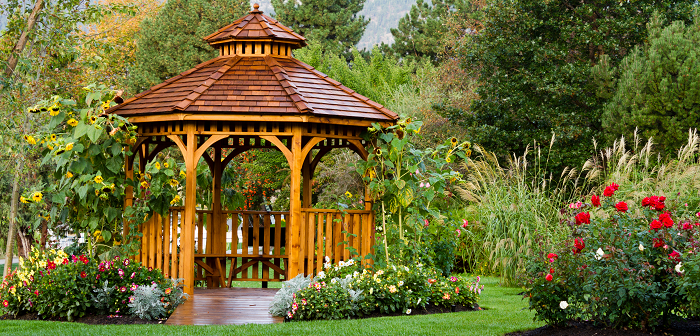Are you unsure what kind of landscape soil you have so you don’t buy the wrong type of plants or soil amendments?
Whether you’re moving into a new house or getting ready for spring, working with your soil can sometimes be an eye-opening experience.
To help you out, read on to learn about the different types of soil and how to use them.
Topsoil
Topsoil is the uppermost layer of soil, typically found on the Earth’s surface. It is rich in organic matter and nutrients, making it the ideal soil for gardening and landscaping. Topsoil supports the growth of most plants and is often used to create flowerbeds, vegetable gardens, and grassy areas.
When using topsoil, it’s essential to ensure it’s of good quality. This is because poor-quality topsoil can contain contaminants or lack necessary nutrients.
Clay Soil
Clay soil is known for its fine particles and moisture-retentive properties. While it holds moisture well, it can become compacted and poorly drained, making it challenging to work with.
Clay soil is best suited for plants that thrive in moist conditions, such as water-loving shrubs and certain perennials. To improve its usability, amend clay soil with organic matter like compost to enhance its drainage and aeration.
Sandy Soil
Sandy soil has larger particles and drains quickly, which can be both an advantage and a drawback. While it allows for good aeration, its rapid drainage means it’s poor at retaining moisture and nutrients.
Plants that excel in sandy soil include drought-tolerant species like cacti and succulents. Amending sandy soil with organic matter, like peat moss or compost, can help improve its water and nutrient-holding capabilities.
Silt Soil
Silt soil has intermediate-sized particles and is often fertile and easy to work with. It retains moisture well without becoming waterlogged and offers good aeration.
Silt soil is ideal for a wide range of plants, making it a versatile choice for landscaping projects. To maintain the fertility of silt soil, regularly add organic matter to enhance its nutrient content.
Loam Soil
Loam soil is considered the gold standard for gardening and landscaping. It is a balanced combination of sand, silt, and clay. This provides excellent drainage, moisture retention, and nutrient content.
Loam soil supports a wide variety of plants, making it the go-to choice for most gardeners. If your landscape doesn’t have naturally occurring loam soil, you can create your own. This is by blending various soil types in the right proportions.
Keep in mind that gophers can also be attracted to the lush, well-drained environment of loam soil. So, you may need to take extra measures to protect your garden from their burrowing.
Rocky or Gravelly Soil
Rocky or gravelly soil is composed of small to large rocks or pebbles mixed with a minimal amount of soil. This type of soil drains rapidly and is suitable for plants that thrive in arid or rocky environments.
Succulents, alpine plants, and rock garden species are examples of plants that can flourish in this type of soil. Be sure to amend rocky or gravelly soil with organic matter to improve its fertility.
Choose the Right Type of Landscape Soil Today
Understanding the different types of landscape soil and how to use them is crucial for any gardener or landscaper. By choosing the right soil for your specific needs and learning how to properly maintain and amend it, you can create a thriving and beautiful landscape.
So why not start experimenting with different soil types and see the transformative results for yourself? Happy gardening!
For more informative articles, please visit the rest of our blog.





This is a really helpful post. Thank you very much for sharing it for me and everyone to know.